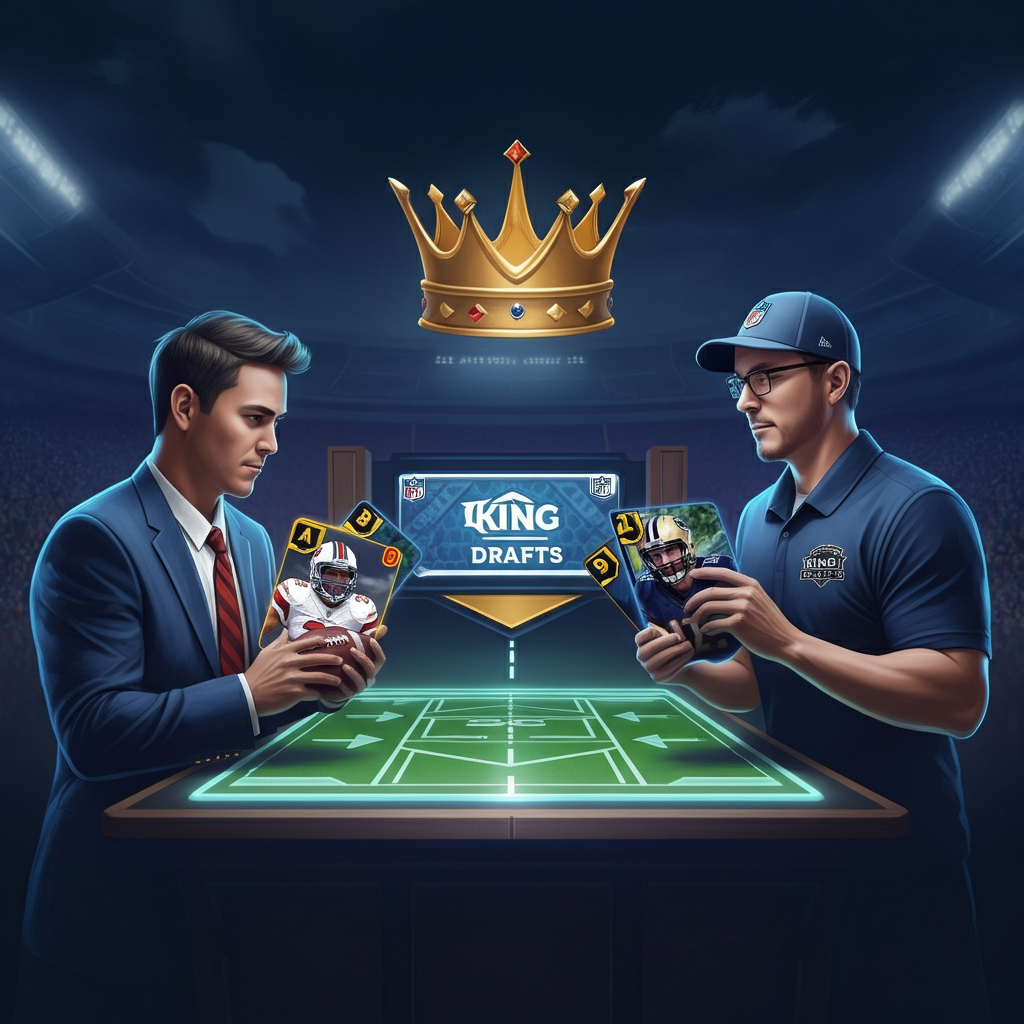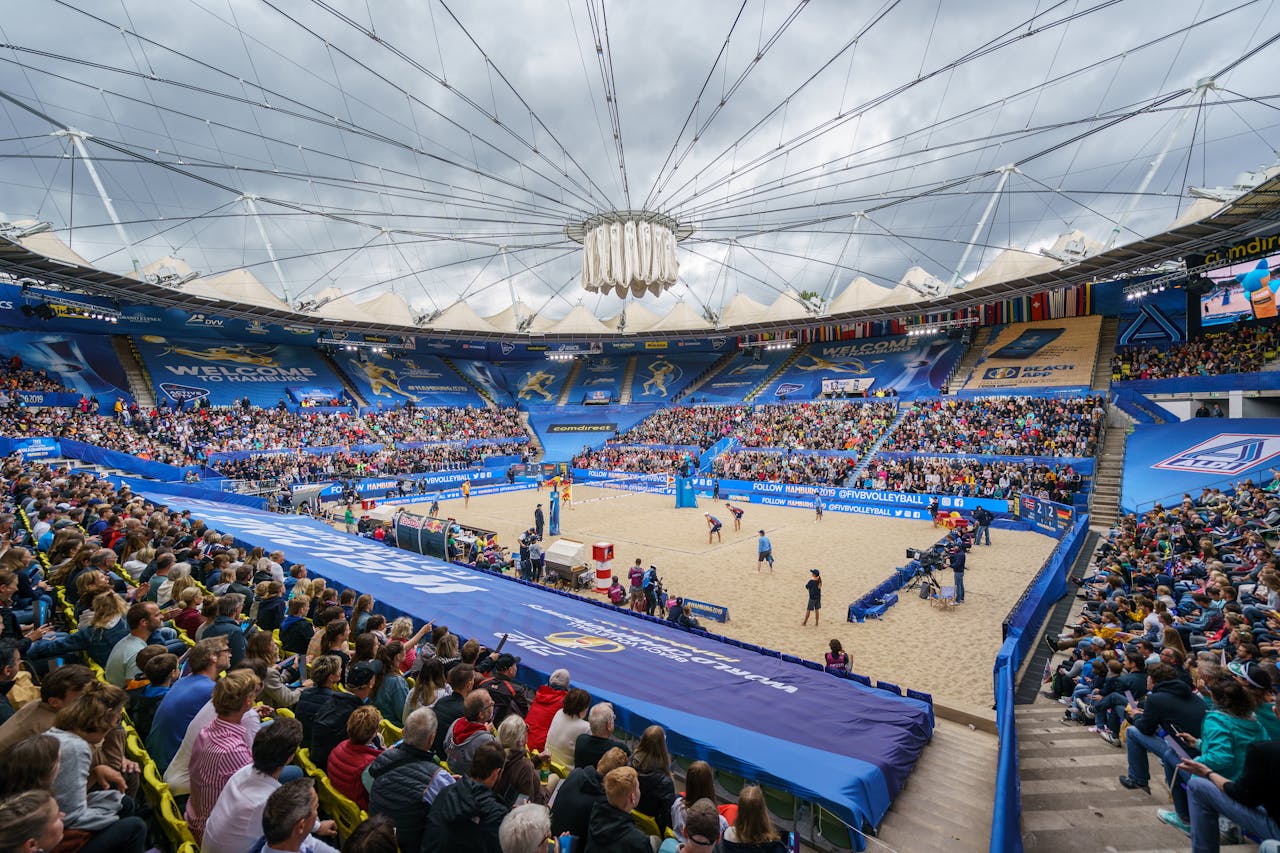Welcome back to King Drafts, where every lineup is fit for a fantasy king! Today, we’re tackling one of the trickiest parts of fantasy football that separates the champs from the chumps: trades. A great trade can push your team into championship contention, but a lopsided one could leave you regretting your decisions for weeks. Fear not, because we’re here to arm you with the tools you need to win every deal. That’s right—we’re turning you into the fantasy GM your league will either admire or fear (or both).
Trade Fundamentals
Before we jump into the expert-level tactics, it’s important to understand some trade basics. Here’s how to lay the groundwork for successful negotiations:
- Evaluate Player Value – Don’t just look at the name on the jersey. Check recent performance, injuries, upcoming matchups, and long-term potential before deciding what a player is worth.
- Understand Your Team Needs – Do you need more depth at RB after injuries? Or are you chasing a high-ceiling WR to round out your roster? Be clear about what will help your team balance before making a move.
- Know Your League Rules – Scoring formats (PPR, standard, etc.) and roster sizes drastically affect player value. A QB trade in a two-QB league? Huge deal. A kicker swap in Week 10? Eh, not so much.
- Study Your Opponent’s Team – A successful trade benefits both sides. Know what your trade partner lacks and tailor your offer to sweeten the deal for them… while still winning for yourself!
Now that you’ve mastered the basics, it’s time to play chess while everyone else plays checkers.
Advanced Trade Tactics
Here’s where the magic happens. These strategies will turn you into the ultimate dealmaker in your league.
1. Sell High, Buy Low
The most timeless piece of advice in fantasy trading. If a player is outperforming expectations (think a backup running back thrust into a starting role), consider flipping them for somebody more consistent. Conversely, snag talented players who are underperforming due to temporary issues like tough matchups or minor injuries.
Example: Trading away a hot fantasy mid-tier QB for a struggling star RB coming off slow starts can pay dividends over the long haul.
2. Leverage League Psychology
Not all league-mates are created equal. Some crave flashy names, while others overreact to injuries or one bad week. Use their tendencies against them. If someone loves a specific team or player, highlight those guys in your offer to make the deal more enticing.
3. Balance the Package
Straight one-for-one trades are rare. Instead, combine pieces to give both sides variety while tipping the scales in your favor. Offer two mid-tier players for one elite star, or toss in a high-upside sleeper to sweeten the pot.
Pro Tip: Adding an “extra” player who looks valuable on paper but isn’t critical to your team can seal the deal.
4. Timing Is Everything
Patience pays off. Trade for RBs right before bye-week chaos when managers are scrambling. Target players on losing teams who may be more desperate for change. Conversely, if your rival’s star WR has an easy playoff schedule, make your move before they realize it.
5. Highlight Recent Performance (Only When It Helps You)
When shopping a player, pitch their strong recent games. When targeting someone, focus on their rest-of-season potential instead of recent slumps. Shape the narrative to make your proposal appealing.
Example pitch to another manager: “He’s coming off back-to-back 20-point games. Just imagine what he can do in your lineup!”
6. Use the Art of the Counteroffer
Rarely will managers accept your first trade proposal. Be prepared to counter and stay flexible while keeping your end goal in mind. Show willingness to negotiate, but stick to your guns when it comes to true deal-breakers.
7. Create Scarcity
If your league lacks quality RBs on waivers and you’re stacked at the position, you control the market. Use this to drive up the asking price when trades revolve around critical positions.
Example: If you have three stellar RBs, sell one for an elite WR and a bench stash RB who could break out.
8. Capitalize on Injuries
This sounds menacing, but it’s part of the game. If a star like Christian McCaffrey misses one or two weeks, his manager might panic. Offer value for their bench depth while claiming the upside star for your playoff run.
9. Mind Your PR Game
Fantasy football isn’t just about numbers; it’s about relationships. If you’re known as a “fair dealer” in your league, future trades will be much easier to complete. Don’t be the manager who offers lopsided, one-sided deals nobody takes seriously.
10. Know When to Say No
Not every trade is made to be accepted. If a deal doesn’t improve your chances of winning, walk away. There’s no rule that says you have to accept just because someone asked nicely.
Final Thoughts
Trades are the spice of fantasy football. They build rivalries, spark debates, and, most importantly, steer you closer to that coveted league title. By mastering these tactics, you’ll dominate your trade negotiations and leave your competition shaking their heads.
Do you have a legendary trade story or a sneaky tip you swear by? Share it in the comments below, or visit King Drafts for more advice and inspiration. The throne is calling, and the crown is yours for the taking. Happy trading!


